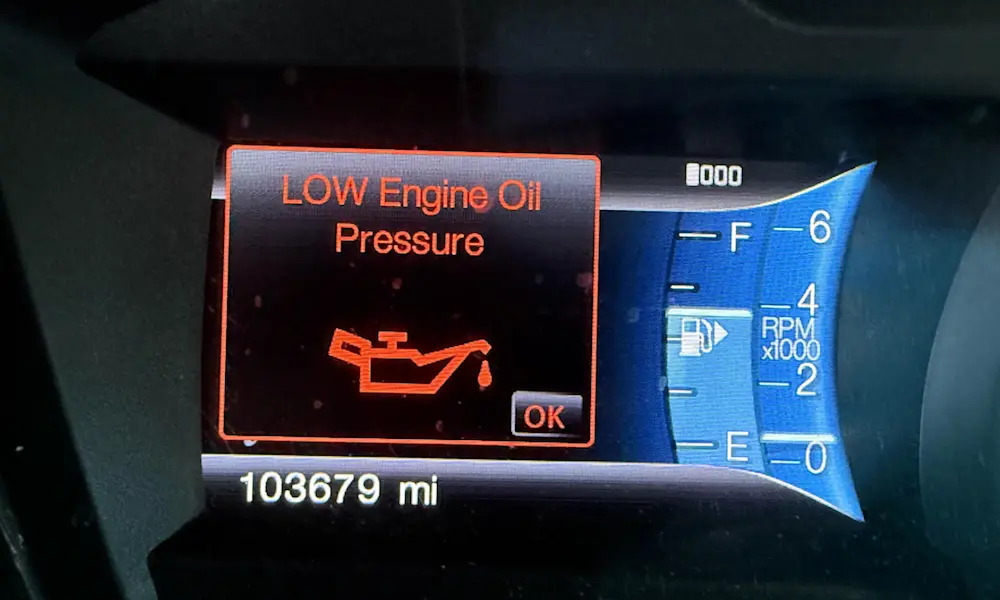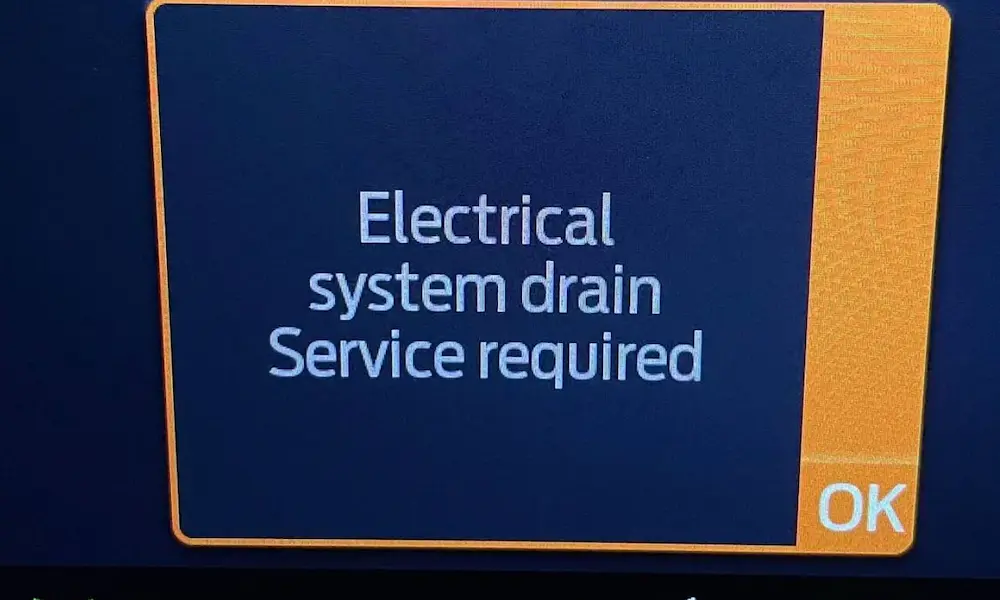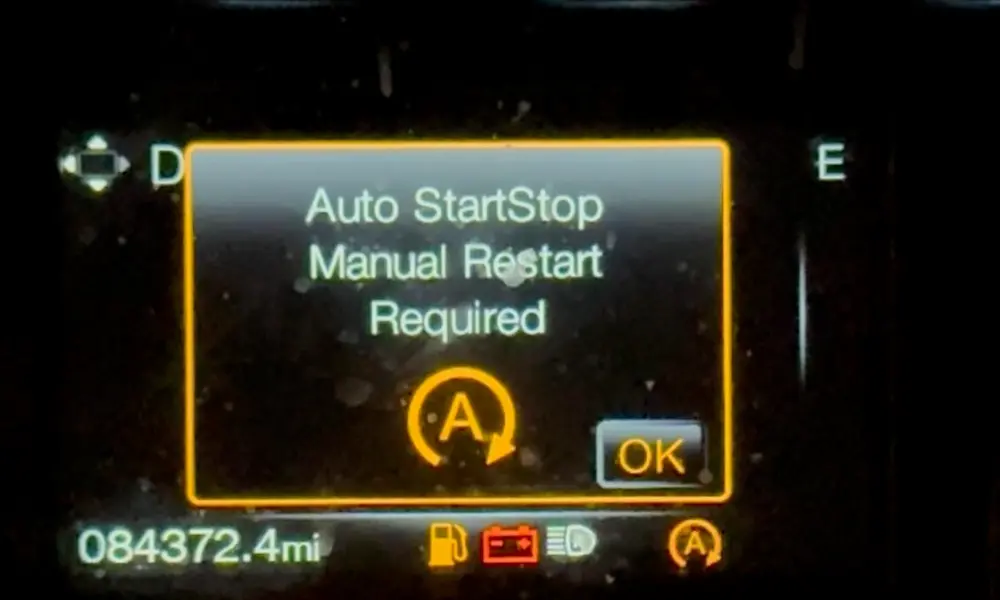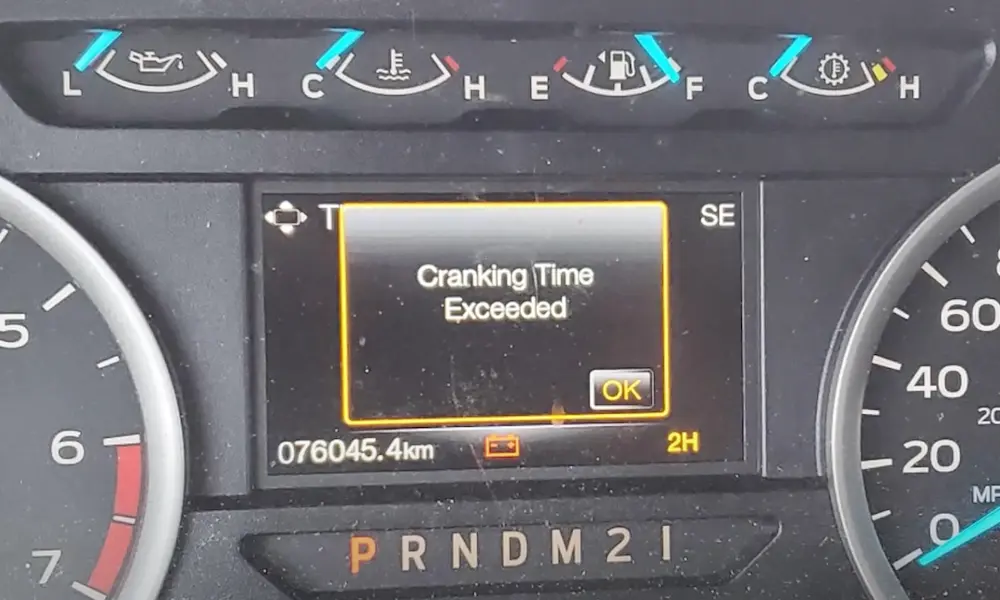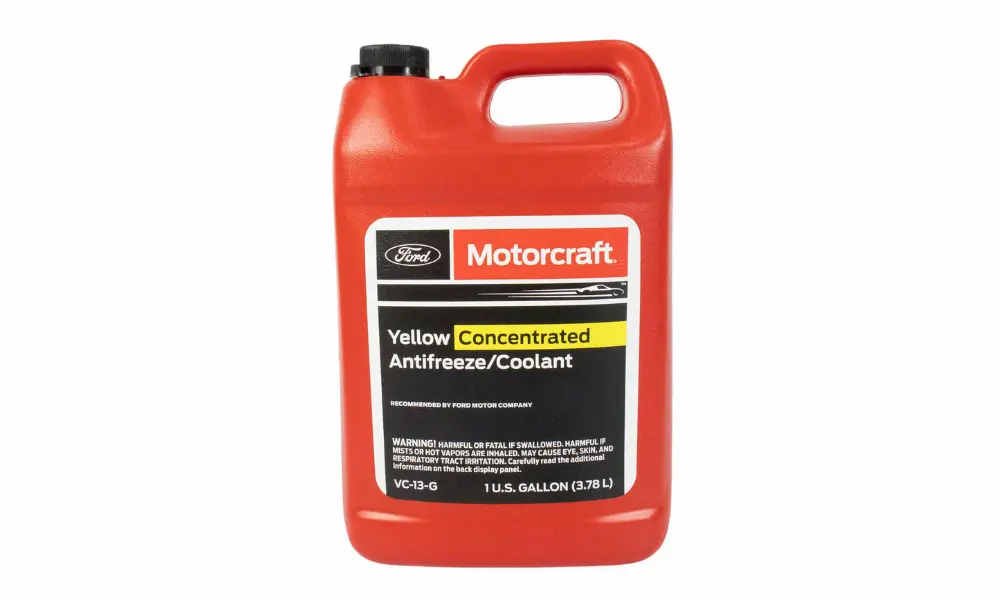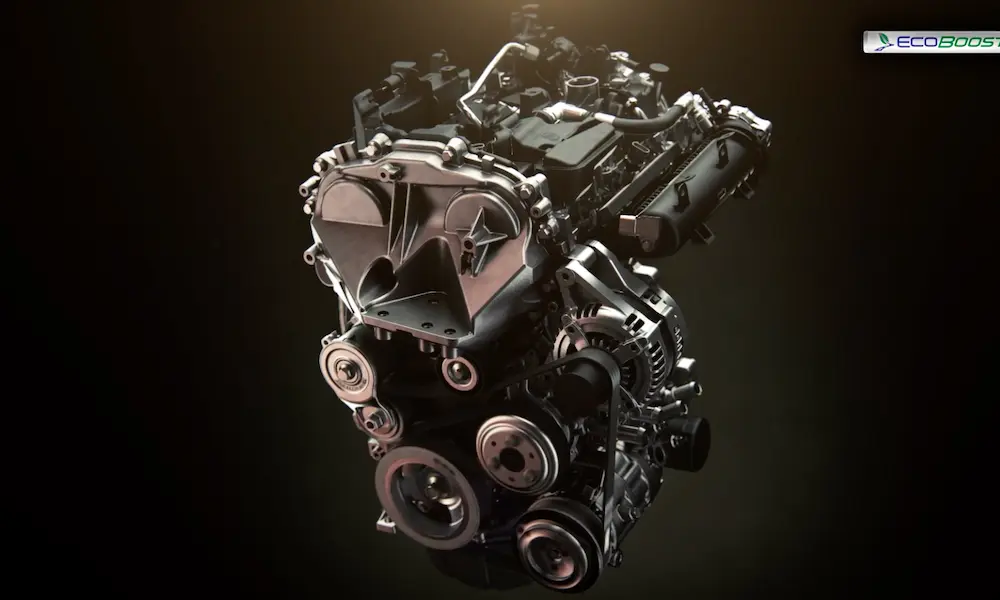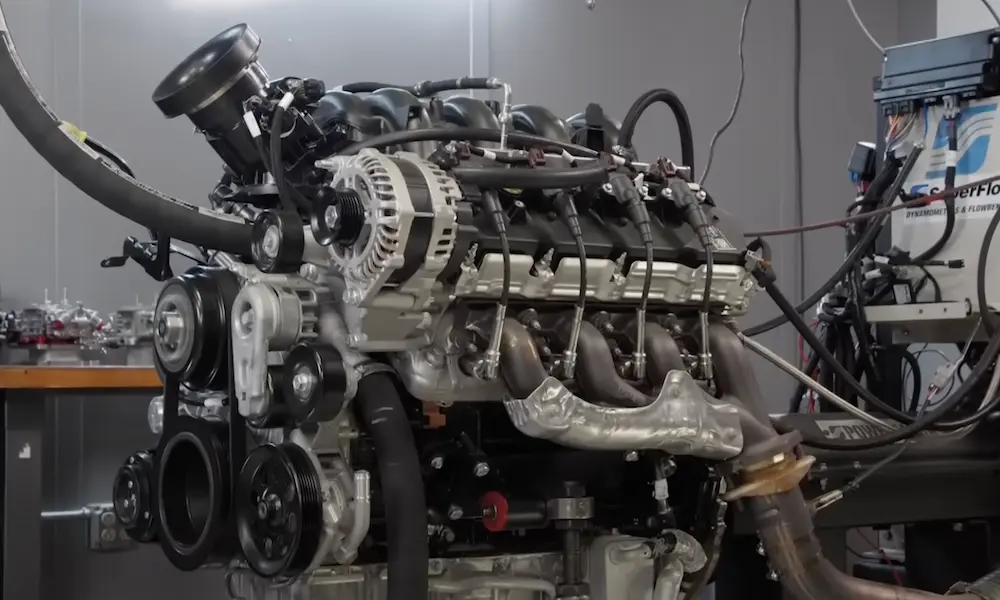Experiencing issues with your Ford Edge’s transmission can be frustrating. Some common problems include delayed engagement, refusal to shift gears, and even slipping transmission. These issues might leave you concerned about the reliability of your vehicle. Finding the right solutions can ease your worries and get your car back to smooth functioning. Keep reading to discover potential solutions and tips that could help solve your Ford Edge transmission problems.
Common Ford Edge Transmission Problems
The Ford Edge often faces transmission issues, which can create headaches for owners. Transmission slipping and hard shifting are notable symptoms. Problems with the torque converter and transmission control module also crop up, as do issues with low transmission fluid and leaks.
Symptoms of Transmission Issues
You might notice unusual noises coming from the transmission or experience difficulties when shifting gears. These can be signs of troubles in your Ford Edge’s transmission system. Unexplained vibrations while driving can also indicate a problem. Regular check-ups help catch these symptoms early, preventing more severe damage.
Transmission Slipping and Shifting Hard
Transmission slipping occurs when your Ford Edge suddenly changes gears for no obvious reason. This might make your vehicle feel less responsive or create a clunking noise. Shifting can also become hard, meaning gears do not shift smoothly. You’ll notice a delay or a jerky motion when trying to switch gears.
Faulty Torque Converter
The torque converter helps deliver engine power to the transmission. If faulty, you might feel shuddering or hear strange noises. This part can become worn over time, causing performance issues. Inspecting and replacing a faulty torque converter can improve your vehicle’s smoothness and fuel efficiency.
Failing Transmission Control Module
The transmission control module (TCM) manages gear shifts electronically. When the TCM fails, you can experience erratic shifting or become stuck in one gear. It’s crucial to address these issues quickly, as ignoring them can lead to more severe transmission damage. A diagnostic test at a service center usually identifies TCM problems swiftly.
Low Transmission Fluid and Leaks
Low transmission fluid can lead to overheating and wear, while leaks can trigger fluid loss. Check for red or brown spots beneath your vehicle, a common sign of a leak. Ensure fluid levels are adequate to maintain proper transmission function. Regular maintenance can help prevent fluid-related issues from becoming chronic.
Repair or Replace: Making the Decision
Choosing to repair or replace your Ford Edge transmission involves weighing several factors. You’ll need to consider the costs and the signs indicating when a full replacement might be necessary. Making the right choice is crucial to ensure your vehicle runs smoothly without unnecessary expenses.
Costs of Repair vs. Transmission Replacement
Repairing your Ford Edge transmission can be a cost-effective solution if the issue is minor. Small problems like leaks can often be fixed with routine maintenance. For example, replacing a transmission seal might cost a few hundred dollars.
On the other hand, replacing the entire transmission is significantly more expensive. A full replacement may range from $2,000 to $4,000 or more. This choice might be more economical in the long run if your transmission has multiple issues or is severely damaged.
Compare the repair costs against the potential need for ongoing fixes. Repairs might initially seem cheaper, but frequent problems can quickly add up.
When to Consider a Full Transmission Overhaul
A full transmission overhaul for your Ford Edge might be necessary if you’ve experienced persistent problems. If your vehicle’s transmission frequently slips, hesitates, or has vibration issues, it could indicate deeper problems.
Also, if you’ve faced delayed engagement or your vehicle refuses to shift gears, these are signs that might suggest a complete overhaul is needed. If your Ford Edge has higher mileage, it might be more prone to issues related to wear and tear.
Consider the vehicle’s age and mileage when deciding on a transmission overhaul. If it is beyond the warranty period and has recurring problems, a full replacement may offer more peace of mind and fewer maintenance needs in the future.
Maintenance to Prevent Transmission Problems
Keeping your Ford Edge’s transmission in top condition involves regular maintenance steps. These include routine checks and fluid top-offs, as well as adhering to recommended transmission service intervals. Proper care can significantly reduce the risk of costly repairs.
Routine Checks and Fluid Top-Off
Regularly checking your transmission fluid is crucial for the health of your Ford Edge. Low transmission fluid is a common cause of shifting problems and can lead to serious damage if left unchecked. You should inspect the fluid level and quality every time you change your oil or notice unusual performance.
To check the fluid, ensure your car is on a level surface, engine warm, and follow the user manual’s guidelines. The fluid should be a clear red color; if it’s dark or smells burnt, it may need a change. Top off the fluid if it’s low, but be careful not to overfill. Using the recommended type of fluid is essential to ensure proper functioning.
Transmission Service Intervals
Following the manufacturer’s service schedule is vital in maintaining a healthy transmission. Ford typically recommends having your transmission serviced every 30,000 to 60,000 miles. During a service, professionals will change the transmission fluid, replace the filter, and inspect for any issues.
Regular servicing can prevent wear and tear by ensuring your transmission is clean and lubricated. Skipping services can lead to build-up of deposits, causing parts to wear down prematurely. Keeping up with these intervals helps improve your Ford Edge’s performance and extends its lifespan, avoiding common issues such as gear slipping and transmission overheating.
Owner Experiences and Resources
When it comes to Ford Edge transmission problems, many owners have shared their experiences online. These accounts provide insight into common issues and patterns related to specific model years.
Common Complaints Documented Online
A lot of Ford Edge owners have reported transmission problems. On sites like carcomplaints.com, some frequent complaints include abrupt shifting and transmission surges at low speeds. Owners of the 2019 Ford Edge, for instance, often mention delays and hesitation when changing gears. Another common discussion surrounds mechanical traits of the 8-speed transmission, which might require software updates.
Forums like Ford Edge Forum are popular platforms where owners share stories and possible solutions. Other users turn to resources like the transmission shop recommendations to address these issues. These platforms not only highlight the problems but also offer ways to potentially fix them.
Ford Edge Model Years and Recurring Issues
Certain Ford Edge models seem to face transmission problems more frequently. For the 2019 model year, there are reports about the 8F57 transmission’s poor performance, especially when shifting between third and fourth gears. There are also recurring issues with earlier versions, like the 2015 model, which were known for a variety of transmission troubles.
Such issues often land these models on “worst vehicles” lists or attract lemon law information queries. Automotive complaint resources show patterns over different years, highlighting specific problems. These insights provide a valuable reference for those who want to learn about the potential pitfalls of owning certain Ford Edge models.


